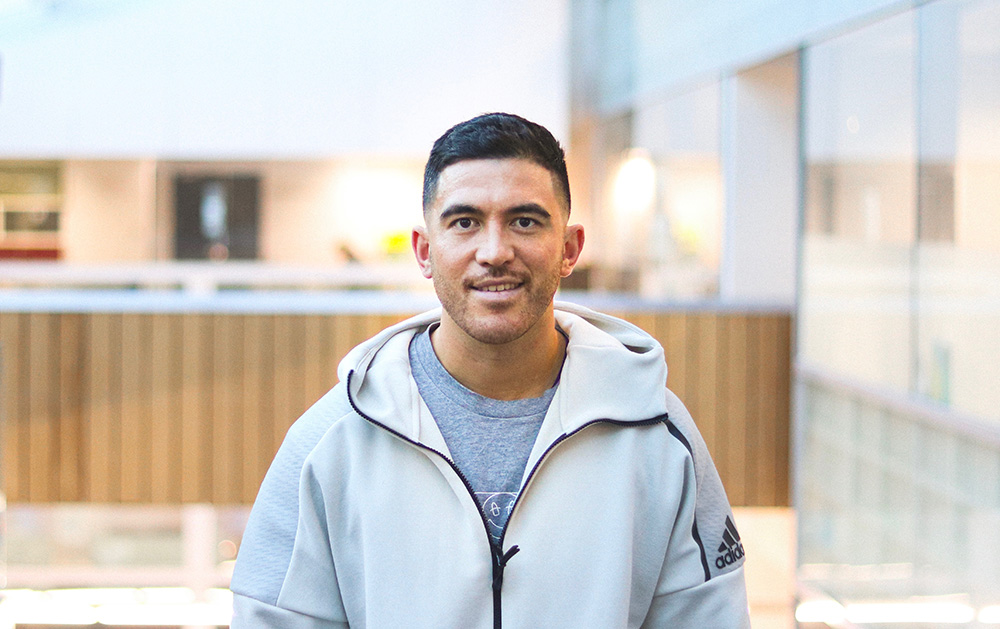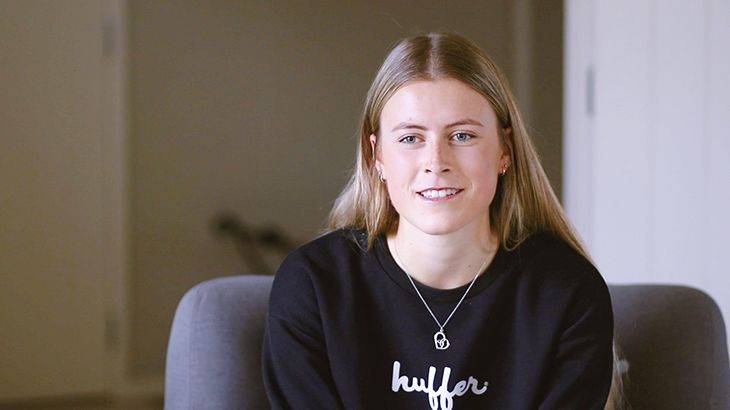Agree with your thinking
Young women in sport: Are we training them all wrong?
When it comes to sport, women are smashing it. However, academics say male-biased training could be holding them back.
Kiwi women are trail blazers. From being the first in the world to gain the female vote, to Jean Batten setting aviation records, to Iriaka Ratana becoming the first Māori woman elected to parliament, our women have a history of changing the world.
And in sport, they’re not only playing more than ever before, they’re breaking records and achieving at the highest levels.
But what if we’ve been missing an opportunity to help them reach even higher peaks? Researchers recognise this as an area of huge untapped potential.
Sport science is dominated by male-based research
Traditionally, sport science has used male subjects for research and generalised the results to females.
This approach is what most training programmes for every sport are based on. It’s a playbook designed to serve the needs of the male body.
We’re recognising now that the female anatomy and physiology is different from that of males in a way that needs to be addressed in training practices to avoid putting them at higher risk of injury.
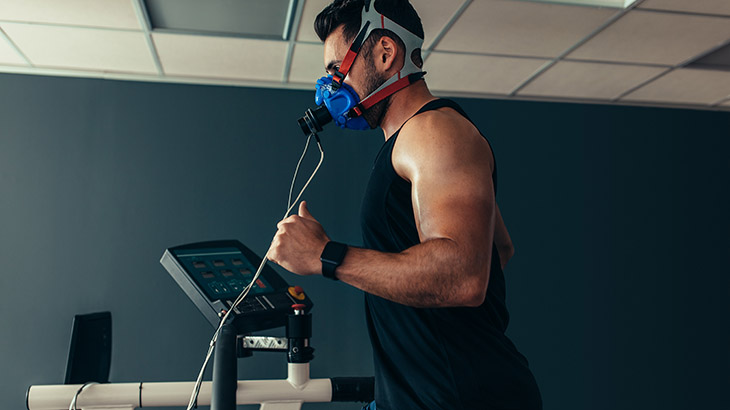
There are physiological differences
Women are not small men. That’s the view of Dr Stacy Sims, an environmental exercise physiologist and nutrition scientist specialising in sex differences.
"If we look at what’s happening during the onset of puberty – you have the widening of the hip angle and you have the widening of the carrying angle [shoulder] to accommodate for the wider hips.
“You have a change in your centre of gravity, you have increased body fat accumulation primarily driven by hormones.
“And then to top it all off, you start bleeding.
“Then you look at boys – they get tall, they get strong, they get lean, they get fast and they get aggressive. The misstep I think during that time period where girls are really sensitive is we don’t tell them it’s a temporary blip in time, and we also don’t re-teach them critical skills to not get injured."
Sims adds: "Because most training plans are designed for boys and men, it’s no wonder that so many females struggle to reach their full sporting potential."
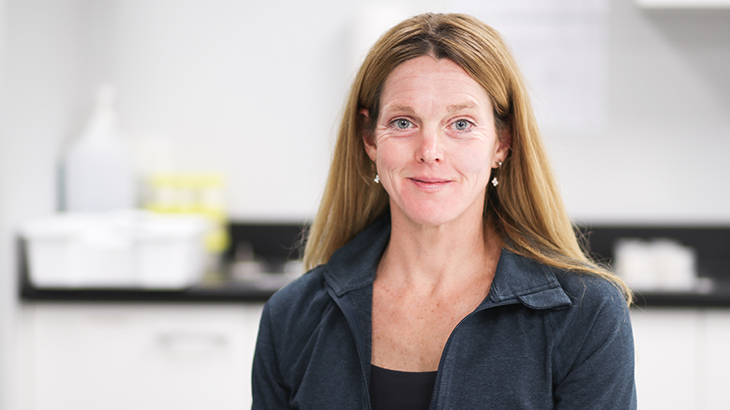
Dr Bruce Hamilton, director of Performance Health at High Performance Sport New Zealand and founder of WHISPA (Women’s Health in Sport a Performance Advantage), agrees with Sims.
"There’s no question that women are underrepresented in sport and exercise science research. We now know that a woman’s physiology is very distinct to men’s and it affects all of their organ systems.
"So, why would we try and train women like men and why would we expect that research done on men can translate directly to women?"
Spike in knee reconstructions among young women
One area where we’re seeing inappropriate training collide with the increase in female participation and achievement in sport is in anterior cruciate ligament (ACL) injury numbers. Recent evidence shows young women are getting ACL reconstruction surgeries at a markedly higher rate than we have seen before.
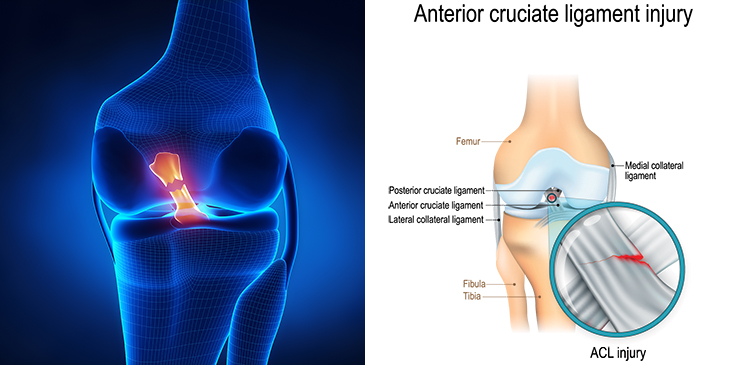
Research shows that females have a unique set of risk factors making them prone to ACL injury.
They include:
- the alignment of the knee with the lower leg may be different in females, due to widening of the hips as girls come into puberty
- altered strength development may make females more vulnerable to injury
- females’ running and jumping mechanics change, with the onset of puberty, increasing their risk for ACL injury
- hormonal fluctuations impact neuromuscular control throughout the menstrual cycle and can increase females’ risk for ACL injury
- different knee structures to males – the female knee structure may contribute to ACL vulnerability.
A new research paper published in the September 2019 issue of the Australian and New Zealand Journal of Surgery, which matched ACC and hospital data, shows ACL reconstruction surgeries have increased markedly in teenage girls (15 to 19). With a much lesser increase for boys of the same age group.
There has been a
Over the same time period a
There can be up to a
ACL injuries can derail a person’s sporting career before it’s begun. Dr Mark Fulcher, medical director at New Zealand Football and sport and exercise physician, explains.
"There are a range of long-term impacts. An ACL injury generally involves a reconstruction and 12 months off sport. There’s a higher risk of re-injury – so there’s about a 30% chance of having a further ACL injury if you’re a young adolescent with this injury.
"You’re more likely to have future surgery on your knee. You’re less likely to have a long career compared to your peers that don’t tear their ACL. And in later life, you’re much more likely to develop wear and tear changes and post-traumatic arthritis into adulthood."
Aoife King, a secondary school New Zealand representative footballer, is one young woman dealing with the impacts of ACL injury. Find out more about her story.
Tearing my ACL changed everything – footballer Aoife King shares her story
Tips for training female athletes for sporting success
Our experts have given their advice on what can be done to help reduce the possibility of having an ACL injury.
Levelling the playing field with the ACC SportSmart warm up
It’s not enough to just go for a brisk run before training or games. Focus on balance and strengthening, especially the glutes and hamstrings. It’s also important to focus on jumping, landing and pivoting correctly.
The ACC SportSmart programme, based on the FIFA 11+ programme, has been scientifically proven to reduce injury and particularly ACL injury.
"The ACC SportSmart warm up is a really good way to reduce the risk of injury. We know that across the board we can reduce the risk of all injury by about 30% and risk of ACL injury and severe injury by about 50%,” says Fulcher.
The warm-up can also help athletes and their team perform better. Fulcher advises doing the programme twice a week.
"Doing this programme regularly both helps the athlete be a better athlete but also helps the team perform better. And if their team has less injuries in it we know their team will be much more likely to be successful."
While all the exercises in the ACC SportSmart warm up are important, we’ve highlighted the most important ones for females to focus on. You can find this information on the ACC SportSmart website.
Physically prepare to cope with the demands of sport
When it comes to ACL injuries in female athletes, some sports are riskier than others.
Netball, football and rugby have the highest risk for females as they involve lots of quick changes in direction, rapid deceleration and jumping and landing (netball) - all of which increase the load on the knee.
Most importantly, if you really want to play a sport such as netball, rugby or football – go for it! Just make sure you’re doing the right warm-ups and conditioning, and watching your technique when jumping, landing and pivoting.
Track your cycle
Talking about the menstrual cycle is a bit taboo. But it shouldn’t be.
Tracking your cycle and being aware of when to focus on going hard, and when to focus on maintenance activity and be aware of increased injury risk, is one of the most powerful things young women can do to take charge of their sporting life and stay injury-free.
There are lots of mobile apps that can help you track your cycle, including Flo and Clue. Another great app with a specific focus on the female body and sport is FITR Woman. Sims was a contributor to the app, which contains lots of useful information and advice on how to work with your cycle and get the most out of your sport.
Young women might also want to read Sims’ book ROAR. It’s full of great advice and education on how female physiology affects your sport and how to work with it.
The onset of puberty is a big change, but it’s just a blip
Be aware that the onset of puberty is a tricky time for young women.
As Sims puts it: "Rather than getting stronger, bigger and faster such as young men, they deal with changes to their centre of gravity, increased fat accumulation, and biomechanical changes like widening hips, which can greatly impact their sport and exercise ability. But young women should keep in mind that it’s just a blip on the total life experience."
"With the right training and understanding of their physiology, young women can take control of their training, stay injury-free and enhance their sporting performance throughout their teens and into adulthood."



